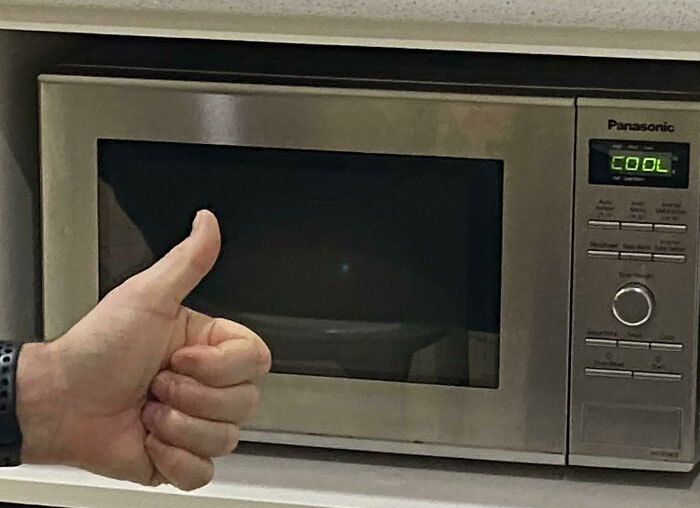Do you buy the paracord sleeve on its own or do you buy bulk paracord and just remove the inner strands?
I buy ParaMax cord (with the core) I only found standard Paracord without core, not the larger ParaMax. Also core-less Paracord seems usually a bit tighter than with a core somehow and that can be an issue with thick cables.
Thanks for actual interesting content that can be engaged with, love it.
What do you do with that much unsleeved core?Sadly I trash it 😟 I offered it to my wife for craft projects but it’s hard to find a use for hundreds of slippery synthetic white core wires multiplied by the number or strands in the core.
Yea I was thinking of ways to reuse the cores and couldn’t think of anything, hence the question.
Without the sleeves it frays a lot.Maybe filing for a pillow, idk.
Could be rather interesting pet toys if stuffed into a plushie or something
Yeah. It can’t even be used as candle wick as it’s fire retardant (at least the good ones are, the cheap one burn with a thick smoke.
This is 16 awg silicone dual core wire with a gold ParaMax sleeve (bigger than standard Paracord). The connectors are Lemo 2B on the left and Fischer on the right. This cable is to power a 35mm film camera (ARRICAM LT) on a Steadicam (XCS).
I don’t know anything about cables but I know that’s a good looking cable.
Look at that subtle off-white coloring. The tasteful thickness of it. Oh my God, it even has a watermark…
Is there a purpose to doing this besides being a esthetically pleasing?
They’re custom cables that have to be made to order as they’re all different. Also I use silicone wires which have a high heat resistance and very flexible but any small cut can tear the coating. So it needs to be protected with a sleeve. Plus it’s easier to find your personal calbles on set when they’re color coded (steadicam operators usually come with their own custom power cables for their steadicam but then also use cables from the camera package. And I’ve lost cables when they get mistakenly returned to the rental houses.
Makes total sense! I imagine it can get pretty chaotic as things are being stood up and torn down, moved from location to location. Cool solution!
EXTRA THICC
Perfect headphones connector how?
I can never seem to get the solder joints perfect with the enamel and fiber in the center.
A good quality iron with temperature control, tip cleaner, a good copper sponge (no wet sponge), and a copious amount of no clean flux. Also I have switched to silicone wires inside the sleeves because they don’t melt, but they can tear if not protected by a Paracord sleeve. Also, I use a 3rd hand with 4 goose neck and a magic arm with nano clamp. Final tip: practice. It takes a while and a lot of mess ups to get it right.
A solder pot works great for tinning enameled wire.
I’d be interested in a tutorial on this. I’d love to make some cables like this for the home stereo system and AV system.
- Remove the core of your Paracord (you need 1.5x of Paracord to wire length about (depending on wire thickness)
- Sleeve the Paracord over your wire. That’s the hard part. (My trick has been to solder a length of thick magnet wire to one side of the wire and use it as a needle to guide the wire down the sleeve.
- Add all the heat shrinks and connector sleeves you need
- Solder your connectors
- Look at your cable with a smirk
- Take photos of your cables
- Post on Lemmy
- ?
- Profit
I do sell them so yes. There is a some profit, but the margins are slim. I just really enjoy making swag cables.
Do you make any A/V or data cables?
I make 12G 4K BNC cables too as well as focus motor cables. I can make USB cables but haven’t done any yet.
Beautiful.
What is the thickest cable assembly you’ve made in this form? And how does the industry use that particular cable?
This is about the thickest I can fit in a ParaMax sleeve. Bigger than that and I use PET mesh sleeves instead. This cable is used to power a 35mm film camera (ARRICAM LT) on a Steadicam with 24v.
Nice stuff. I sometimes make very high voltage cables (silicone jacket is 5x the actual wire diameter). I’ll try your technique next time, though I already know getting the sleeve sliding on silicone is gonna suck. Maybe some soapy water… Hmm.
You can also carve the sleeve in a cone to help a bit of the sleeve is really thicc







